The
Scout
by
Kim Eastland
![]()
The
Scout
by
Kim Eastland
![]()
| Abilities & Skills | - | - | - | - |
| Dragon magazine | - | Dragon 161 | - | AD&D |
Scouting for New Options: The scout--a "thief" without the thieving
The scout class is presented for players
and DMs who dislike using thieves or
assassins in an AD&D®
1st Edition game
campaign. It either takes the place of
the
thief class or stands on its own if the
DM
still allows thieves. Scouts are not
a subclass
of the thief class. Scouts use many of
the abilities inherent to the original
thief
class while adding a few skills from other
classes.
Scouts have been called "rangers of the
dark" because their functions and abilities
lend themselves to leading parties through
underground caves, dungeons, and so on.
Scouts tend to be quiet and intense, well
knowing the amplifying effects of caverns
and hallway echoes. They love to explore
underground realms, though some have
been known to operate briefly aboveground,
usually in wilderness areas having
canyons, mountains, and other rocky
areas with climbable surfaces.
Parties prefer to travel with scouts as
opposed to thieves or assassins whose
ways are usually misunderstood (or are
understood all too clearly). Good-aligned
characters such as paladins, cavaliers,
and
clerics are wary of thieves and assassins,
so the former usually employ scouts for
their adventuring needs.
Scouts are often mistaken for thieves at
first glance, as most of them wear the
same type of armor and are of the same
stature and build (often short, wiry,
thin,
and not very muscular but still in good
shape). However, a character?s eyes usually
give him away. Thieves have shifty eyes
that examine other people and their
purses and valuables. Scouts evaluate
their
surroundings, not people, always searching
for deadfalls, traps, and places to
which they can safely climb.
There are no scout guilds or scouting
organizations. But a scout can usually
be
found near any civilized area, as most
make their living from guiding adventurers
or sightseers underground. The only
people scouts abhor are assassins, a cowardly
lot who often lurk in the dark waiting
for the advance members of adventuring
parties (which often are scouts).
Abilities and
skills
A character must have at least a 9 dexterity
to become a scout (a scout with a
DEX
of 16 or better gains a 10% bonus
to his experience points). A scout can
be of any alignment, as all alignments
make use of them. Any character race can
be a scout, and there are no level limitations
for any of the races. Use the same
method to roll up scouts that you would
use for any other character.
Scouts are not restricted in their use
of
poison, oil, or magical items (other than
restrictions defined by the magical item
itself or those laid down in this article).
They never use shields and may wear only
leather, padded, studded leather, or elfin
chain mail armor, opting for maximum
maneuverability. Their weapon choices
are limited only in that scouts cannot
use
weapons longer than 3½?, nor can
they
use two-handed weapons such as polearms,
pikes, staves, spears, battle axes, bastard
swords, bows, crossbows, lassos, etc.
Swords are preferred, and hand axes, daggers,
and hammers are also used (doubling
as tools). Scouts can use slings and hurled
weapons such as javelins, throwing axes,
daggers, and so forth. Scouts attack once
per
round and receive two initial weapons?
proficiencies. Scouts gain one weapon
proficiency
every four levels. The weapons?
nonproficiency penalty is -3 to hit.
Scouts use the to-hit and saving-throw
tables for thieves, and have six-sided
hit
dice (as stealth is preferred over direct
combat). Scouts advance in experience
as
thieves, as shown in Table 1; the only
difference is that a scout gains 3 hp
per
level beyond the 10th, not 2 hp like a
thief.
Scouts do not pay for their training past
10th level.
Unlike a thief, a scout gains no bonuses
for back stabbing, though he has normal
bonuses for attacking from behind or with
surprise. Scouts also cannot pick pockets
or
set traps, and stealing is neither their
specialty
nor purpose. They usually avoid doing
anything that might allow someone to track
them, leaving everything just as they
found
it (doing otherwise only in rare cases).
The scout's functions of opening locks,
finding and removing traps, moving silently,
hiding in shadows, hearing noise,
and climbing walls are as per the thief
abilities described on page 27 of the
AD&D 1st Edition PH, but
their progression is slightly different
and
is given on Table 2 (with modifiers on
Tables 3-5). Scouts also have functions
similar to the thief-acrobat's tightrope
walking and tumbling-falling, as described
on pages 23-24 of UA. The
distance covered by the fall at any given
level is listed in the Table 6. Scouts
do not
have a separate language like thieves?
cant
and have no extraordinary ability to read
languages. Any scouts may gain the nonweapon
proficiencies given in Table 7.
They start with three nonweapon proficiencies,
then gain one every four levels
thereafter.
The scout class can be combined with
any other class in a multiclassed or dualclassed
roll except with an assassin, barbarian,
cavalier, monk, paladin, or thief. A
scout never takes on followers, henchmen,
or hirelings, and he may build an abode
only within sight of a town (the source
of
his income).
Scouts have certain other special abilities,
as follows:
Surprise:
A scout?s surprise function
operates under the following conditions:
If
operating by himself, or 30? away from
a
party, or in a party composed entirely
of
scouts, a scout surprises foes on a 1-3
on
1d6, and is surprised on a 1 on 1d6, as
per
a ranger. If the PC is a ranger/scout
mixed
class, then he surprises opponents on
a 1-3
on 1d6 if in unfamiliar terrain, or on
a 1-4
on 1d6 if in familiar terrain. He is surprised
on a 1-2 on 1d20 if in unfamiliar
terrain, or on a 1 on 1d20 if in familiar
terrain.
Underground tracking: When following
opponents in an underground setting, a
scout can track as well as a ranger of
two
levels higher (use the information on
outdoor
tracking
in Unearthed Arcana, page
21). If the PC is a ranger/scout, he tracks
underground as a ranger four levels
higher than his highest class. A scout
tracks outdoors at one-half his normal
chance; a ranger/scout can track outdoors
normally as allowed by his ranger level.
Back
protection: At 4th level, a scout gains
the back-protection ability of a barbarian
(UA, page 19). Back protection
allows the scout to sense an attack from
behind, as from a thief or assassin, and
the
back attack then loses all bonuses to
hit and
damage. Unlike the barbarian, however,
the
scout is not allowed to strike back if
he has
completed normal melee for that round.
The
scout gains a 20% chance to detect back
attacks at 4th level, then gains 5% per
level
thereafter.
Detect secret
doors: At 6th level, the
scout can detect secret doors. The scout
can detect concealed or secret doors by
merely passing within 10? of them and
rolling a 1 on a 1d8. If he is searching
for
such doors, he has a chance to find a
secret door on a 1-2 on 1d8, and a concealed
portal on a 1-3 on 1d8.
Detect illusions: At 8th level,
the scout
can detect illusions. He begins at 8th
level
with a 20% chance to determine that some
sight, sound, or other sensory phenomenon
is actually an illusion/phantasm
spell.
This ability gets better at a rate of
7% per
level. This detection requires one round
of
concentration on the illusion. Regardless
of level, the chance to detect such spells
may never exceed 75%.
Scouts offer an option that has long been
lacking for adventuring parties: a ?thief?
who won?t pick your pocket. The scout
offers excellent investigative abilities
and
survival skills useful to everyone. Even
thieves might like to have a scout around
to check the corridor ahead for monsters!
Table 1
Scout Experience Points and Levels
| Experience | Hit Dice | 6-sided dice Level title | Level Title |
| 0-1,250 | 1 | 1 | Observer |
| 1,251-2,500 | 2 | 2 | Spotter |
| 2,501-5,000 | 3 | 3 | Point man |
| 5,001-10,000 | 4 | 4 | Outrider |
| 10,001-20,000 | 5 | 5 | Vanguard |
| 20,001-42,500 | 6 | 6 | Forerunner |
| 42,501-70,000 | 7 | 7 | Huntsman |
| 70,001-110,000 | 8 | 8 | Spy |
| 110,001-160,000 | 9 | 9 | Scout |
| 160,001-220,000 | 10 | 10 | Master Scout |
| 220,001-440,000 | 11 | 10+3 | Master Scout |
| 440,001-660,000 | 12 | 10+6 | Master Scout |
220,000 xp per level for each additional level beyond the 12th. Scouts gain 3 hp per level after the 10th.
Table 2
Scout Skills and Abilities
| scout
level |
Open
locks |
FIR
Traps |
Move
silently |
Hide
in
shadows |
Hear
noise |
Climb
walls |
Rope
walk |
Tumble-
fall |
Back
protec. |
Detect
Illusion |
| 1 | 25% | 10% | 15% | 10% | 10% | 80% | 50% | 25% | - | - |
| 2 | 29% | 17% | 21% | 15% | 10% | 81% | 55% | 50% | - | - |
| 3 | 33% | 24% | 27% | 20% | 15% | 82% | 60% | 75% | - | - |
| 4 | 37% | 31% | 33% | 25% | 15% | 83% | 65% | 25% | 20% | - |
| 5 | 41% | 38% | 39% | 31% | 20% | 84% | 70% | 50% | 25% | - |
| 6 | 45% | 45% | 45% | 37% | 20% | 85% | 75% | 75% | 30% | - |
| 7 | 49% | 52% | 51% | 43% | 25% | 86% | 80% | 25% | 35% | - |
| 8 | 53% | 59% | 57% | 49% | 25% | 87% | 85% | 50% | 40% | 20% |
| 9 | 57% | 66% | 63% | 56% | 30% | 88% | 90% | 75% | 45% | 27% |
| 10 | 61% | 73% | 69% | 63% | 30% | 89% | 95% | 25% | 50% | 34% |
| 11 | 65% | 80% | 75% | 70% | 35% | 90% | 100% | 50% | 55% | 41% |
| 12 | 69% | 87% | 81% | 77% | 35% | 91% | 100% | 75% | 60% | 48% |
| 13 | 73% | 94% | 87% | 85% | 40% | 92% | 100%1 | 25% | 65% | 55% |
| 14 | 77% | 99% | 93% | 93% | 40% | 93% | 100%1 | 50% | 70% | 62% |
| 15 | 81% | 100% | 99% | 99% | 45% | 94% | 100%2 | 75% | 75% | 69% |
| 16 | 85% | 100% | 99% | 99% | 45% | 95% | 100%2 | 25% | 80% | 75% |
| 17 | 89% | 100% | 99% | 99% | 50% | 96% | 100%3 | 50% | 85% | 75% |
| 18 | 93% | 100% | 99% | 99% | 55% | 97% | 100%3 | 75% | 90% | 75% |
| 19 | 97% | 100% | 99% | 99% | 60% | 98% | 100%4 | 25% | 95% | 75% |
| 20 | 100% | 100% | 99% | 99% | 65% | 99% | 100%4 | 50% | 100% | 75% |
| 21 | 100% | 100% | 99% | 99% | 70% | 99% | 100%4 | 75% | 100% | 75% |
1. This includes the ability to carry up
to 1,000 gp of additional encumbrance with no wind present, or to carry
a normal load in
moderate wind with no penalty to the chance
of success.
2. This includes the ability to carry
up to 2,000 gp of additional encumbrance with no wind present, to carry
an additional 1,000 gp
of encumbrance in a moderate wind, or
to handle a strong wind while unencumbered.
3. This includes the ability to carry
up to 3,000 gp of additional encumbrance with no wind present, to carry
an additional 2,000 gp
of encumbrance in a moderate wind, or
to carry an additional 1,000 gp of encumbrance in a strong wind.
4. This includes the ability to carry
up to 4,000 gp of additional encumbrance with no wind present, to carry
an additional 3,000 gp
of encumbrance in a moderate wind, or
to carry an additional 2,000 gp of encumbrance in a strong wind.
Wind
conditions are mentioned on page 23 of the AD&D 1st Edition volume
Unearthed Arcana. <(Wind, WSG)>
Table 3
Racial Adjustments to Scout Abilities
| Race | Open locks | F/R traps | Move silently | Hide in shadows | Climb walls | Rope walk | Tumble-fall | Back protec. |
| Dwarf | +10% | +15% | - | - | -10% | -5% | - | -10% |
| Elf | -5% | - | +5% | +10% | - | +10% | +5% | +5% |
| Gnome | +5% | +10% | +5% | +5% | -15% | - | - | - |
| Half-elf | - | - | - | +5% | - | +5% | - | - |
| Halfling | +5% | +5% | +10% | +15% | -15% | - | +5% | +10% |
| Half-orc | +5% | +5% | - | - | +5% | - | +10% | -10% |
Table 4
Dexterity Adjustments to Scout Abilities
| Dexterity
score |
Open
locks |
FIR
Traps |
Move
silently |
Hide in
shadows |
Rope
walk |
Tumble-
fall |
Back
protec. |
| 9 | -10% | -10% | 20% | -10% | - | - | 15% |
| 10 | -5% | -10% | 15% | -5% | - | - | 10% |
| 11 | - | -5% | 10% | - | - | - | 5% |
| 12 | - | - | 5% | - | - | - | - |
| 13-15 | - | - | - | - | - | - | - |
| 16 | +5% | - | +5% | - | +5% | - | - |
| 17 | +10% | +5% | +10% | +5% | +10% | - | +5% |
| 18 | +15% | +10% | +15% | +10% | +15% | +5% | +10% |
| 19 | +20% | +15% | +20% | +15% | +20% | +10% | +15% |
Table 5
Armor Adjustments to Scout Abilities
| Armor
worn |
Open
locks |
FIR
Traps |
Move
silently |
Hide in
shadows |
Climb
walls |
Rope
walk |
Tumble-
fall |
Back
protec. |
| None * | - | - | +10 | +5 | +10 | +10 | - | +10 |
| Leather | - | - | - | - | - | - | - | - |
| Elfin chain | 5 | 5 | -10 | -10 | -20 | -10 | -5 | - |
| Studded/
padded |
10 | 10 | -20 | -20 | -30 | -20 | -10 | -10 |
* This category applies when wearing bracers
of defense or a cloak, but no large or bulky protective devices.
Dexterity bonuses always apply to scout
abilities when wearing any scout armor. Any scout armor worn can be covered
by another
garment. Elfin chain mail can be worn
under normal clothing, but studded leather and padded armor are stiff and
can be covered
by only a full body cloak.
Table 6
Scout's Tumbling-Falling Table
| Scout
level |
Height
fallen* |
| 1-3 | 10' |
| 4-6 | 20’ |
| 7-9 | 30’ |
| 10-13 | 40’ |
| 14-17 | 50’ |
| 18-21 | 60’ |
* At this height or less, the scout takes
no damage from a fall if he first successfully
rolls his tumble-fall chance
given on Table 2 (with modifiers as
appropriate from Tables 3 and 4).
Table 7
Scout Nonweapon Proficiences
Animal
lore +
Animal
noise +
Animal
training +
Blind-fighting*
+
Boating
+
Direction
sense* +
Endurance
+
Fire-building
+
Fishing
+
Fungus
identification +
Miner
+
Mountaineering*
+
Riding
+
Rope
use* +
Sound
analysis* +
Stonemason
+
Survival (cold)
+
Survival (heat)
+
Swimming*
+
* The initial three nonweapon proficiencies
must be chosen from one of these six.
The animal-lore, survival (cold); and
survival (heat) proficiencies are from the WSG; all others are from
the DSG

| XP | Level | Dice for HP | Title | ||||||
zb
54.
53.
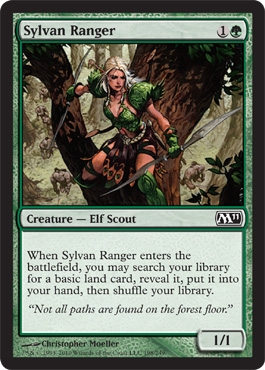
52.
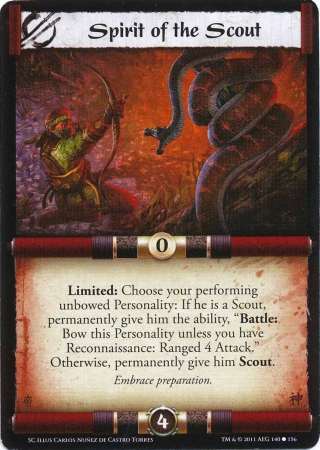
51.
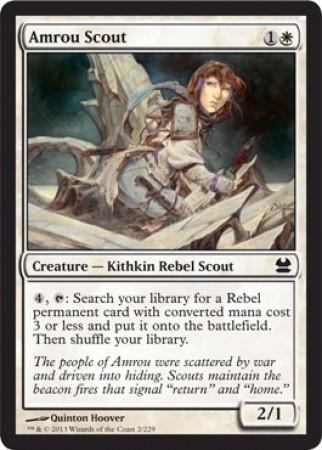
50.
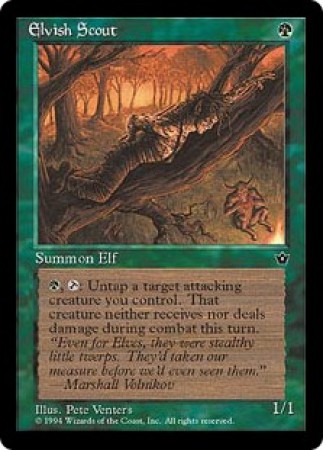
49.
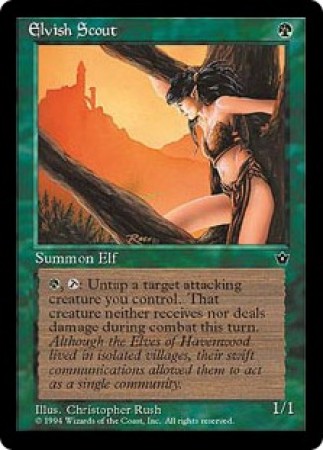
48.
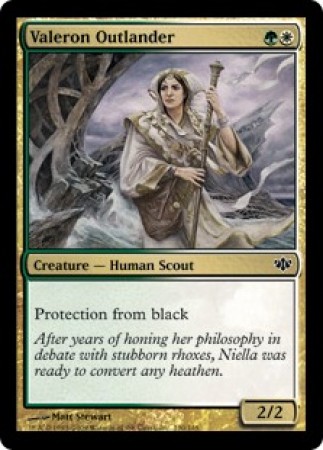
47.
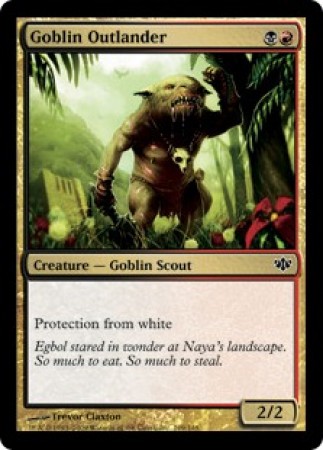
46.
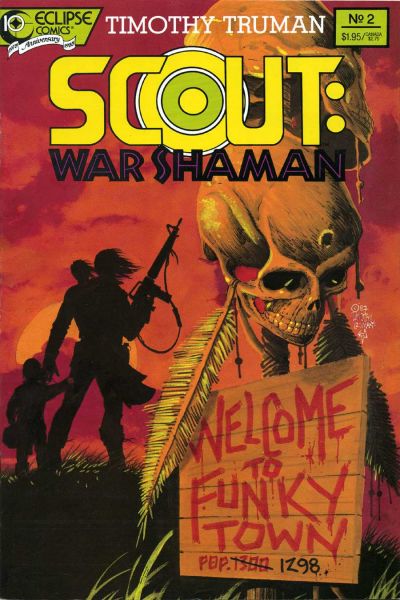
45.
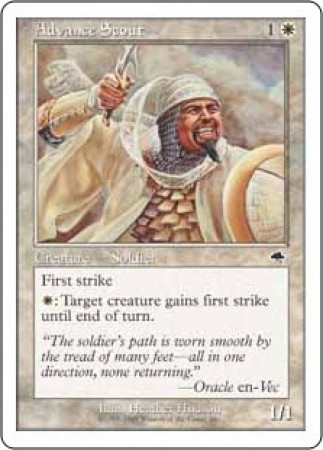
44.
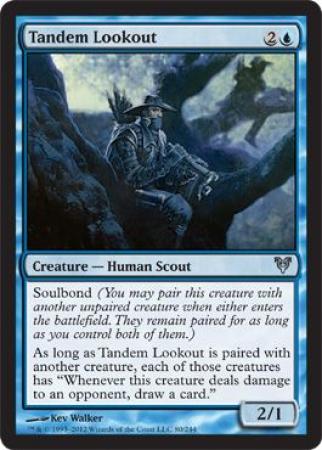
43.
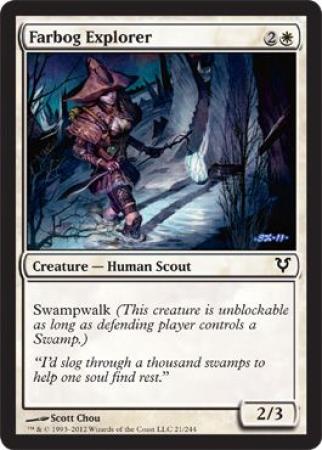
42.
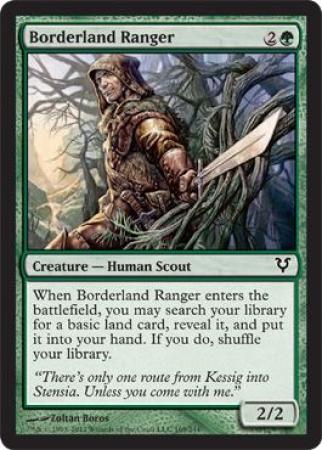
<this one should be moved to ranger
in the RG>
41.

40.

39.
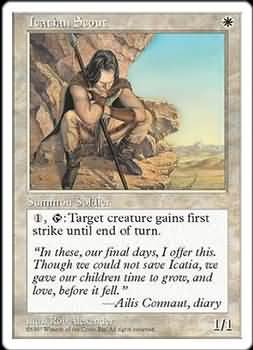
38.

37.

33.
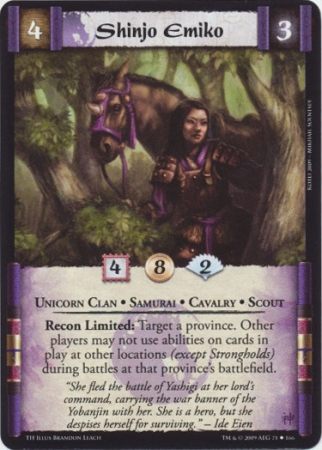
32.
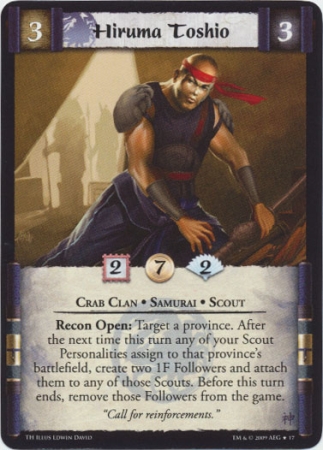
31.
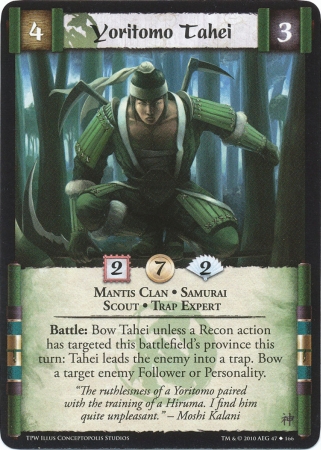
30.

29.
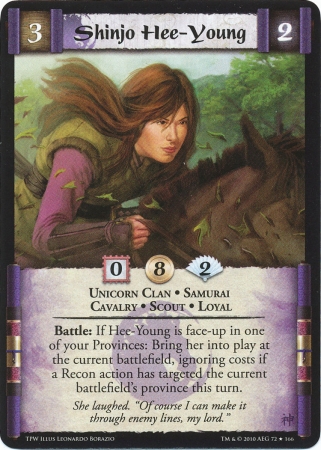
28.
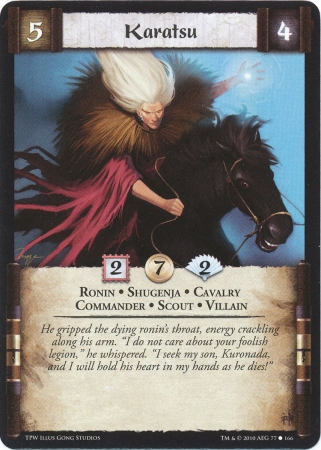
27.
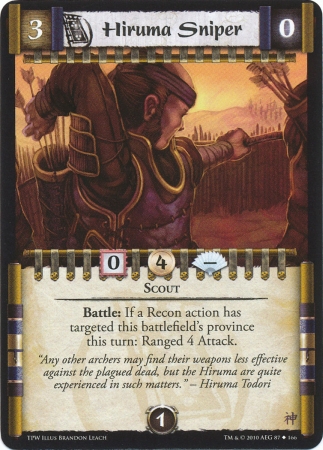
26.

25.

24.
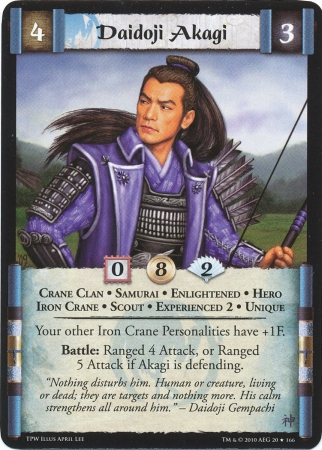
23.
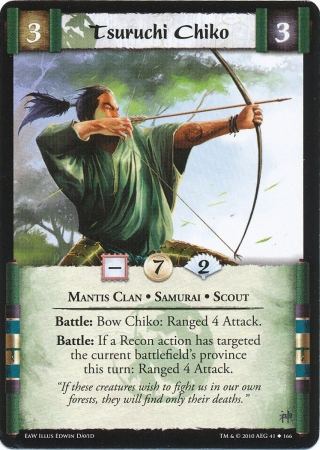
22.
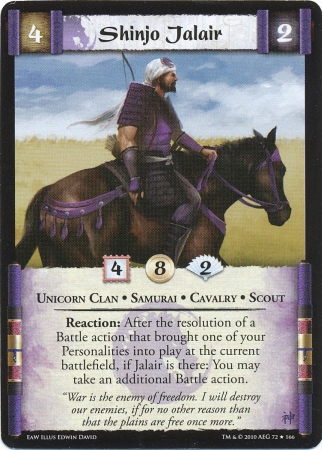
21.
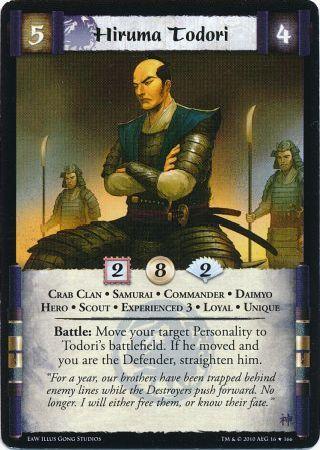
20.
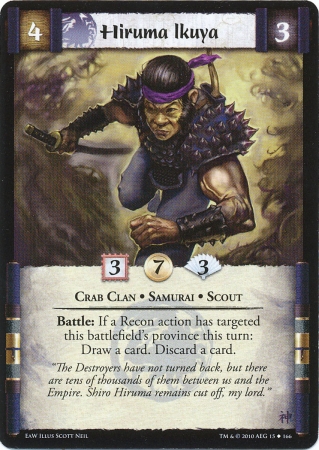
19.

18.

17.
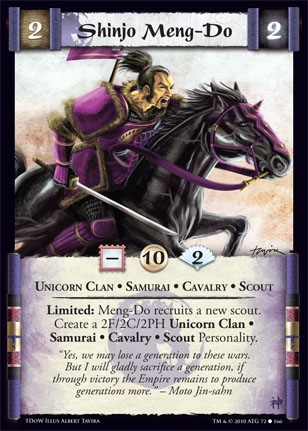
16.
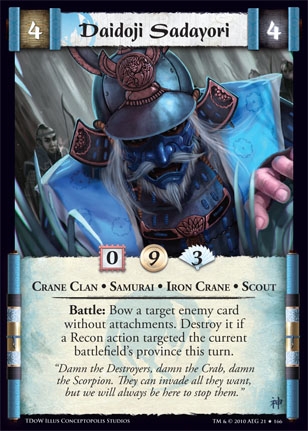
15.
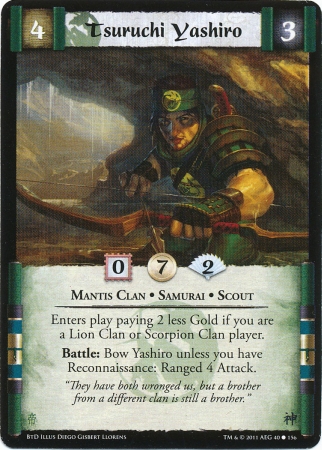
<x=hf>
14.
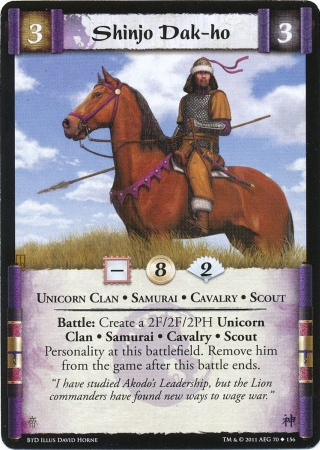
13.
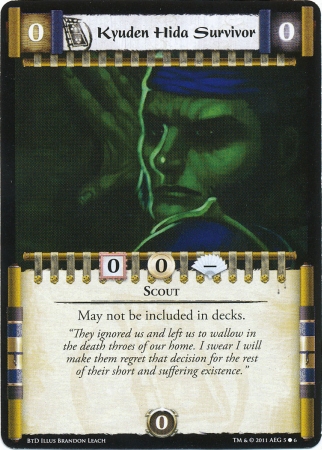
12.
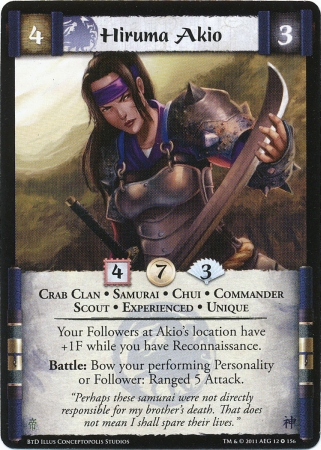
11.
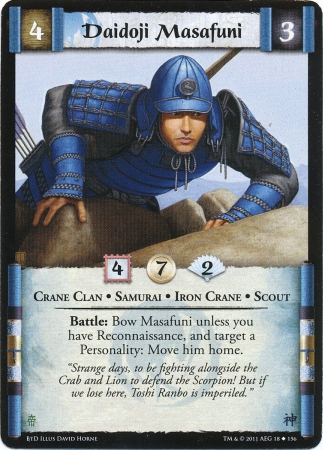
10.

9.
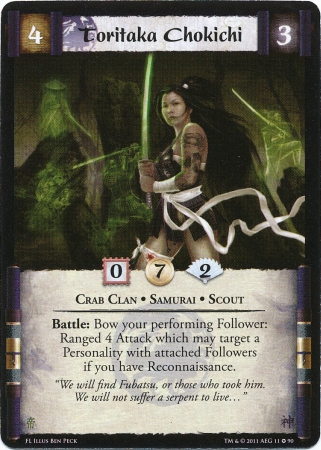
8.
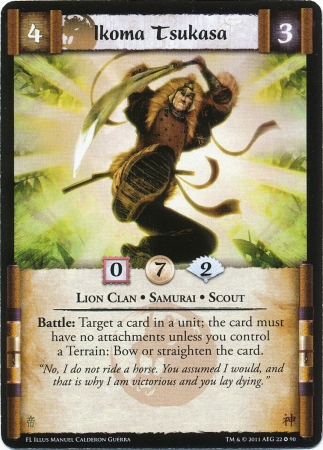
7.
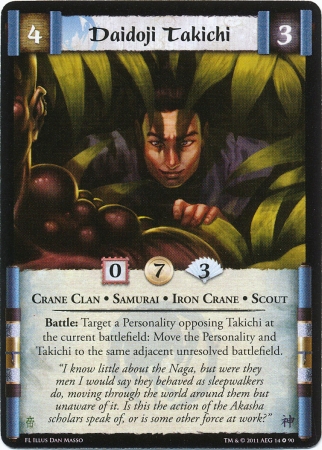
6.
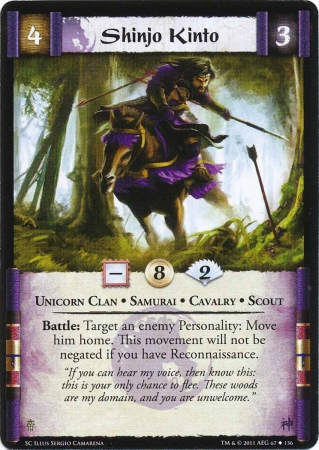
5.
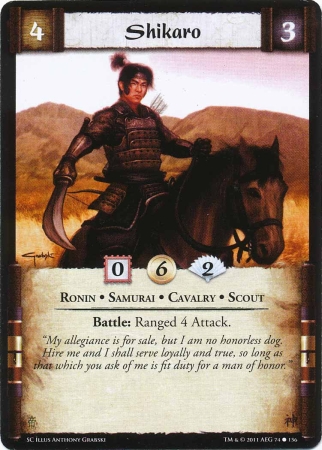
4.
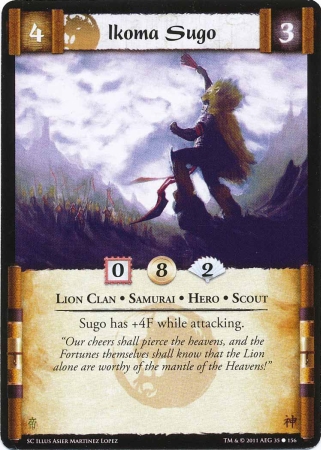
3.
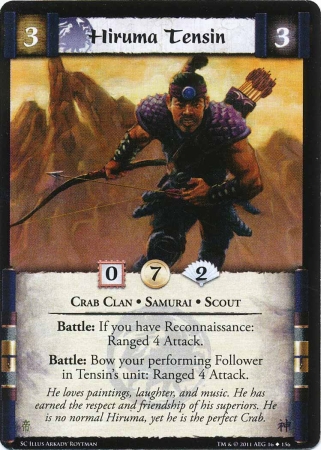
2.
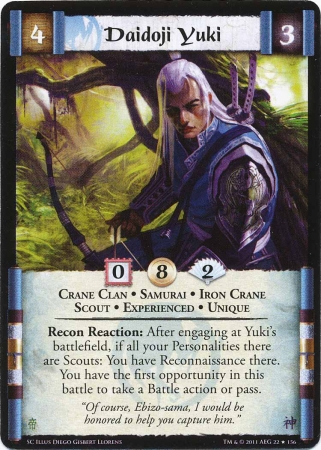
1.
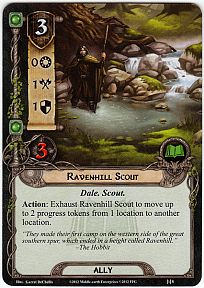
"They made their first
camp on the western side of the great southern spur, which ended in a height
called Ravenhill." - The Hobbit
1. SUBCLASS = n/a
2. SOCIAL CLASS MINIMUM =
3. ABILITY SCORE MINIMUMS
STRENGTH =
INTELLIGENCE =
WISDOM =
DEXTERITY =
CONSTITUTION =
CHARISMA =
COMELINESS =
4. POSSIBLE RACES & MAX. LEVEL ATTAINABLE
= any (U)
5. MULTI-CLASS POSSIBILITIES =
6. HIT DIE TYPE =
7. MAXIMUM NUMBER OF HIT DICE =
8. SPELL ABILITY =
9. ARMOR PERMITTED =
10. SHIELD PERMITTED =
11. WEAPONS PERMITTED =
12. OIL PERMITTED =
13. POISON PERMITTED =
14. ALIGNMENT =
15. STARTING MONEY =
16. WEAPON PROFICIENCIES =
17. NON-PROFICIENCY PENALTY =
18. NON-WEAPON PROFICIENCIES =
19. STARTING AGE =
20. COMBAT =
21. SAVING THROWS =
22. MAGIC ITEMS =